Apple is looking beyond its new Force Touch pressure-sensitive input method, and may in the future allow users to perform gestures by pointing or moving their hands in front of a device, without even touching it, new patents reveal.
The company has filed for a pair of new touch-related inventions with the U.S. Patent and Trademark Office that were published this week, as discovered by AppleInsider. The first, entitled "Touch and Hover Sensor Compensation," describes how a device might use multiple adjacent sensors to sense movement and gestures away from a screen.
Known as "hover" gestures, these three-dimensional movements can open up entirely new ways for users to interact with a device. Apple's filing notes that there are motion sensing devices on the market, but providing reliable and accurate responses to hover gestures is incredibly difficult.
Apple's proposed invention is related to compensation for sensors. The company aims to reduce errors by using adjacent sensors together, and applying a gain factor to measurements they capture, reducing sensitivity variation at different sensor locations on the device.
"Sensor compensation can advantageously provide improved touch and hover sensing," the filing reads.
In addition, the USPTO disclosed a second filing on Thursday for a patent application entitled "On-Cell Touch Architecture," describing ways to make touch panels on devices like the iPhone and iPad even thinner.
But the second filing also makes note of 3D hover gestures. In the proposed patent, Apple notes that some capacitive touch sensing systems use fringing electrical fields to sense not only touches on the display, but also sensing fingertips beyond the surface of the display.
"Objects approaching near the surface may be detected near the surface without actually touching the display," the application reads.
Both filings are particularly noteworthy as Apple acquired gesture input company PrimeSense in a $360 million deal in 2013. PrimeSense is best known for creating the technology that powered Microsoft's first-generation Kinect sensor, used for motion controls and gameplay on its Xbox 360 game console.
Why Apple acquired PrimeSense remains a mystery, but the existing use of its company's technology in the living room has led to speculation that a next-generation Apple TV could offer some sort of advanced motion input. Such capabilities would allow users to control their Apple TV without the need to grab a remote control, iPhone, or other accessory.
As for Apple's new Force Touch input method, it was first introduced on the Apple Watch as a pressure-sensitive way to allow for new ways of interacting on a smaller display, but the company quickly adopted the technology for trackpads on its latest MacBook Pros and the new 12-inch MacBook with Retina display. It's also expected that Force Touch will be a key addition to this fall's anticipated "iPhone 6s," "iPad Air 3" and "iPad mini 4" upgrades.
 Neil Hughes
Neil Hughes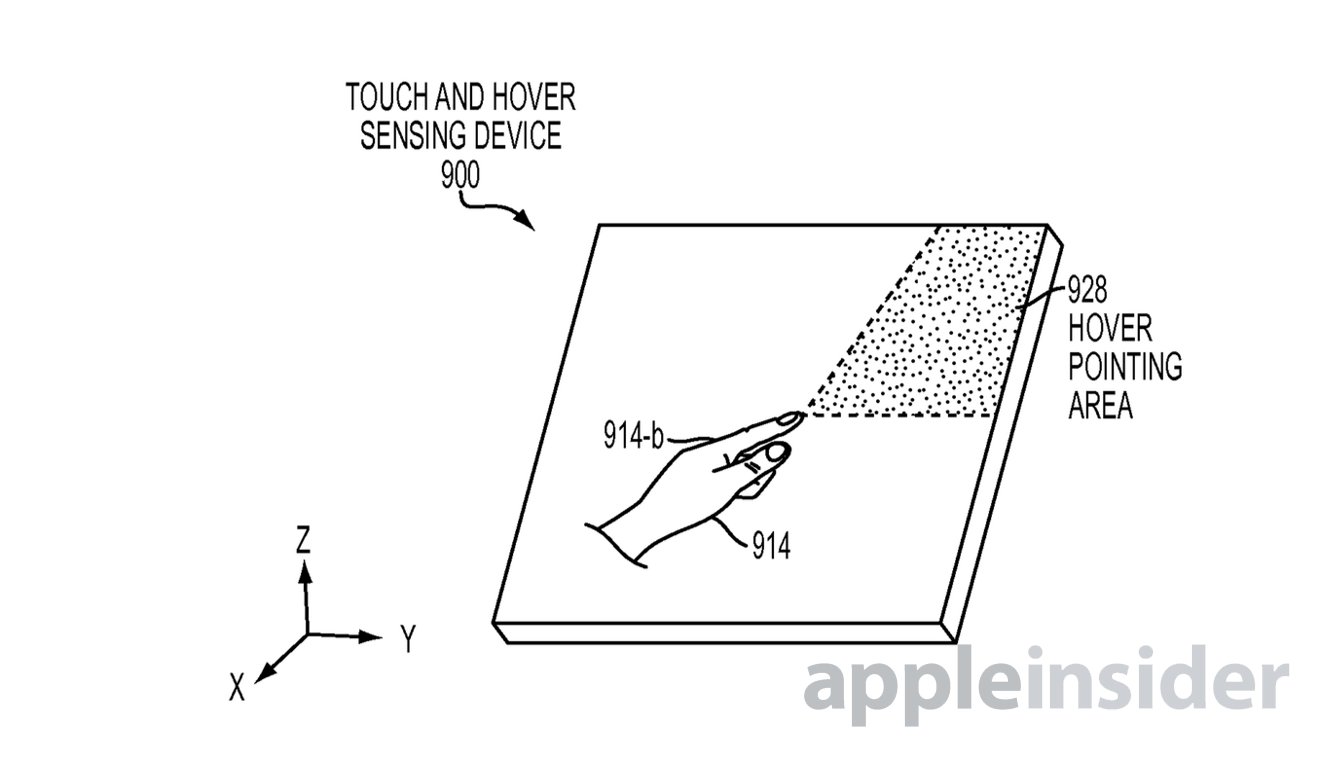
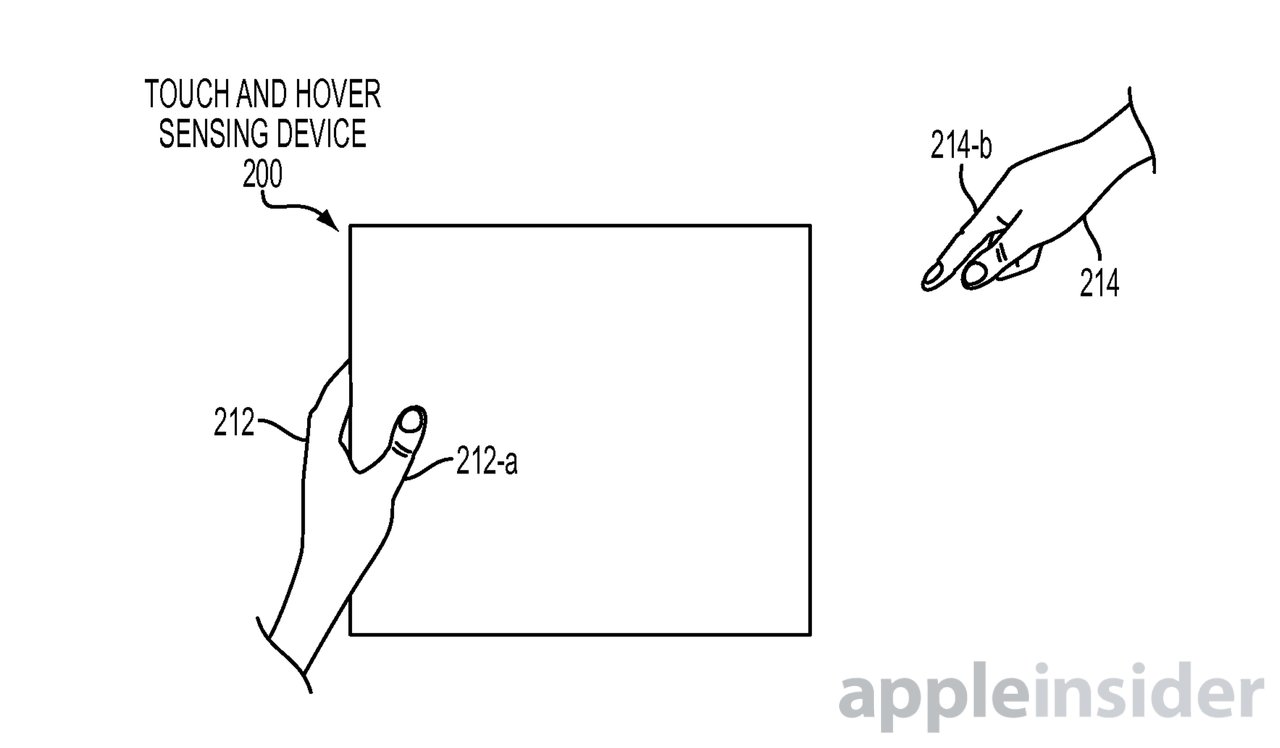
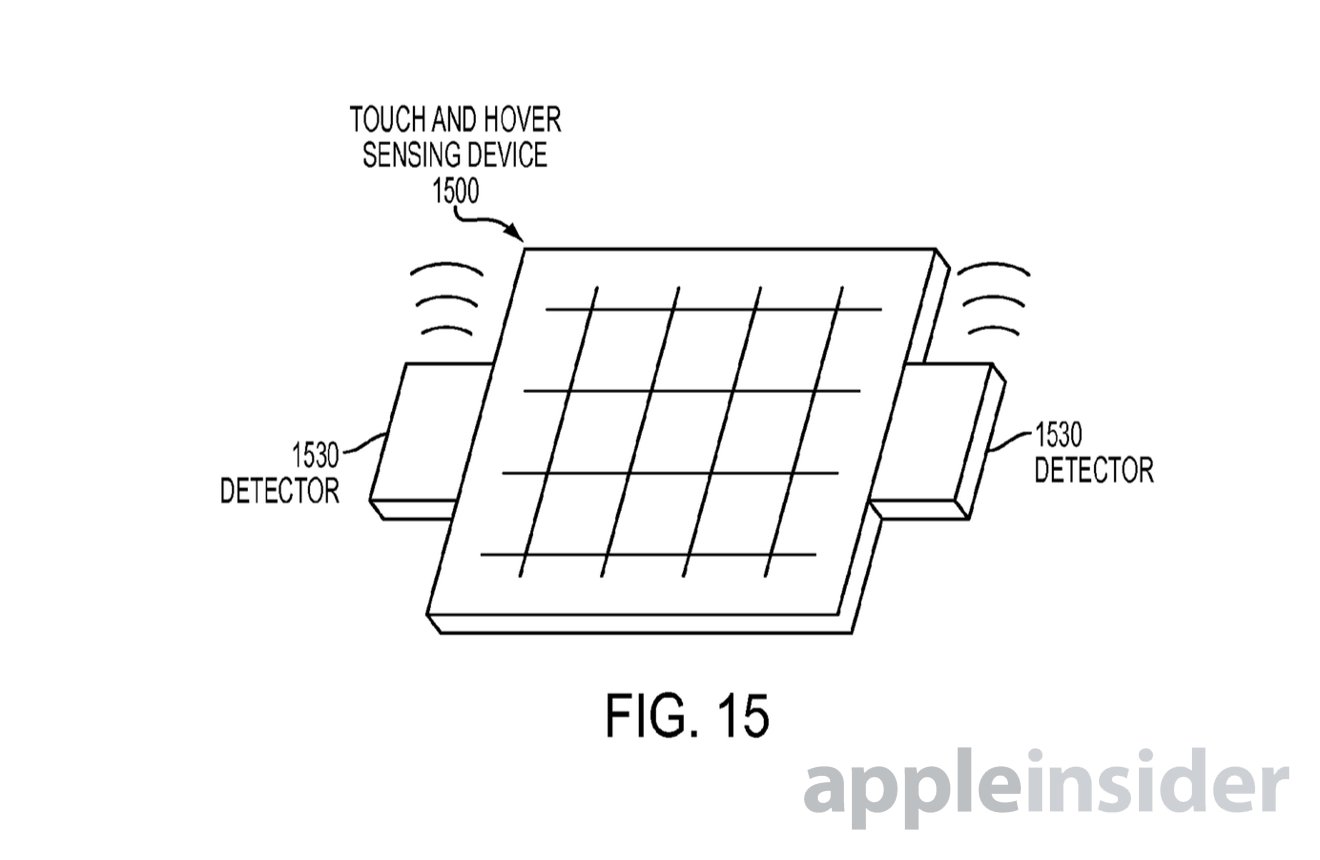
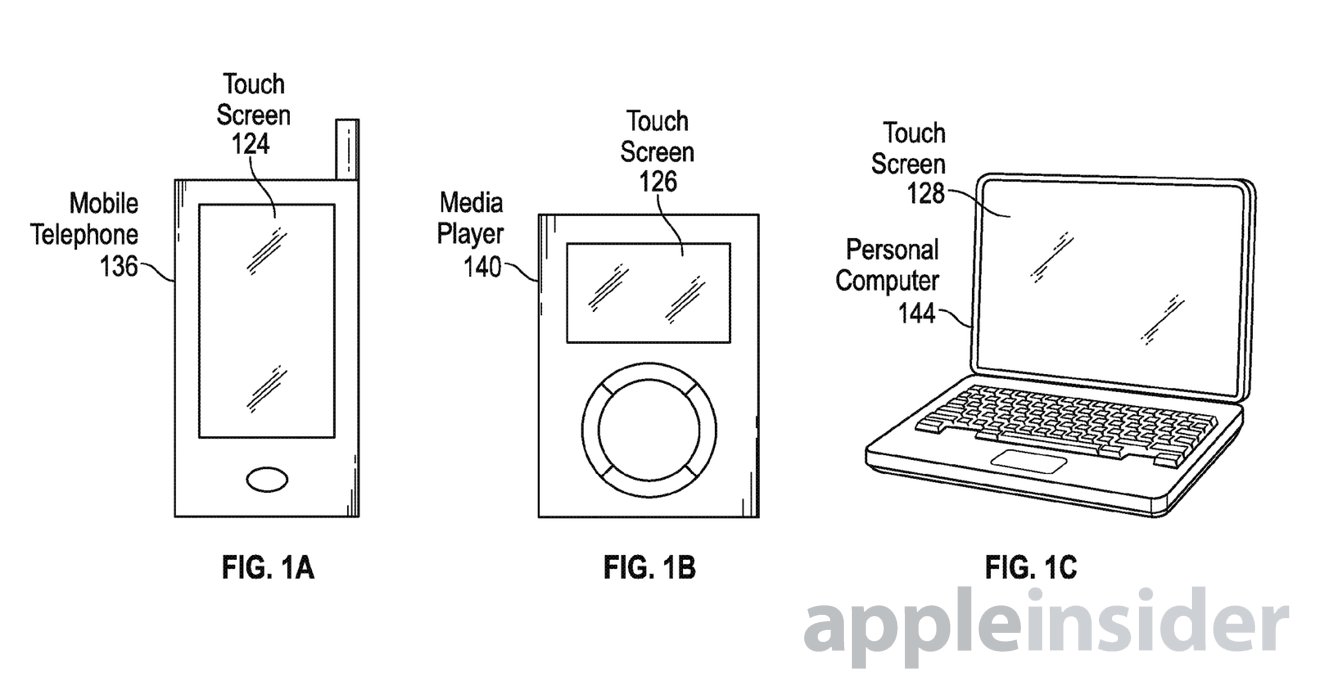


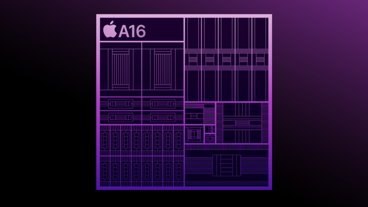
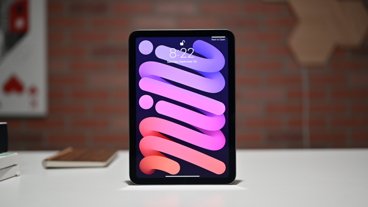



-m.jpg)






 Amber Neely
Amber Neely
 Mike Wuerthele
Mike Wuerthele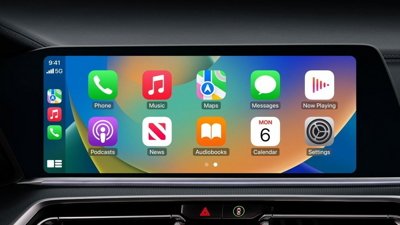
 William Gallagher
William Gallagher


 Andrew Orr
Andrew Orr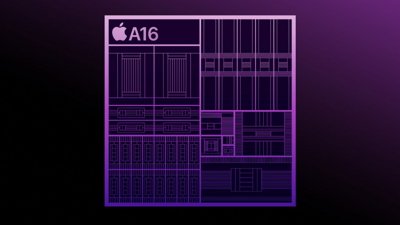
 Wesley Hilliard
Wesley Hilliard
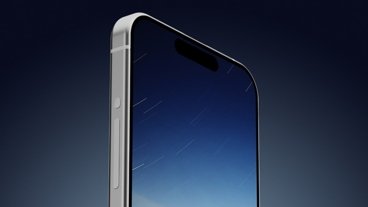
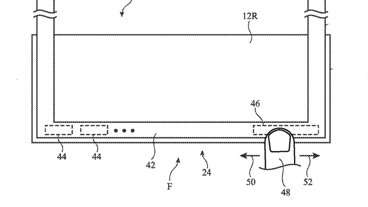







20 Comments
Didn't Samsung try something like this? I swear I remember seeing a hokey commercial with some guy whose hands were covered in BBQ sauce but he was still able to manipulate his phone just by hovering his finger over the screen. Seemed very gimmicky.
[quote name="Rogifan" url="/t/186818/apple-investigating-thinner-touch-panels-that-can-sense-3d-hover-gestures#post_2737354"]Didn't Samsung try something like this? I swear I remember seeing a hokey commercial with some guy whose hands were covered in BBQ sauce but he was still able to manipulate his phone just by hovering his finger over the screen. Seemed very gimmicky.[/quote] Yup.. It was done through the cameras.. Different and inferior approach
Uh, no. Patents like these existed BEFORE Force Touch. Force Touch just happened to be introduced to the world first perhaps due to technology being advanced enough to support Force Touch.
I believe Apple has been working on multiple paths that will eventually become one path of awesomeness. From your own archives...
http://appleinsider.com/articles/14/04/24/apples-display-tech-lets-users-interact-with-3d-objects-in-mid-air
http://appleinsider.com/articles/13/08/20/apple-patents-3d-gesture-ui-for-ios-based-on-proximity-sensor-input
Here is to hoping the iPad Pro and/or the next iPhone has these features. Better yet, these patents could be the prelude to a brand new hardware product that opens a brand new platform for the Apple ecosystem that exists outside the iPad, iPhone and Apple TV platforms yet can coexist with those platforms.
Maybe this idea is for the day when the proposed Apple iCar arrives, and it won't have a steering wheel... just point your pinkie and the vehicle will turn exactly where you want to go!
Here comes the hover-to-reveal mystery meat navigation a la iTunes 12 to iOS.